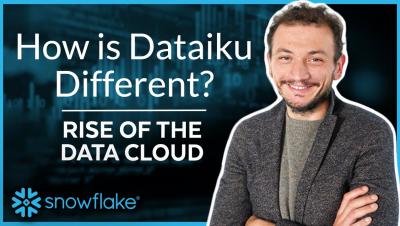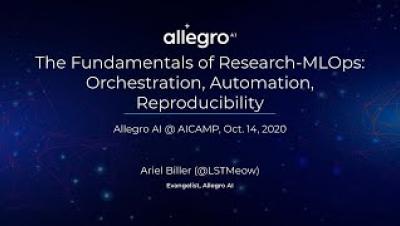Bridging the Gap Between Technology and Business | Part 1 | Snowflake Inc.
In this episode, Florian Douetteau, CEO of Dataiku, answers the question "What is Deep Learning?", explains how his company evolved from machine learning to deep learning methodology, & provides examples of how Dataiku creates uses it to create predictive models. Rise of the Data Cloud is brought to you by Snowflake.











